12 Lesser-Known Superfoods That Pack More Nutrients Than Kale
Kale has long reigned as the king of superfoods, celebrated for its dense nutrient profile and versatility in the kitchen. Yet, as the wellness world evolves, so too does our understanding of what constitutes a nutrient powerhouse. While kale remains a beloved staple, a new wave of lesser-known superfoods is emerging, each boasting unique health benefits that may even surpass those of kale. These foods are not just nutritional fads; they are backed by scientific research and are poised to revolutionize our approach to a balanced diet. In this article, we will embark on a journey to discover 12 nutrient powerhouses that offer extraordinary health benefits. From exotic fruits to ancient grains, these foods promise to elevate our nutritional intake and inspire new culinary adventures. Join us as we delve into the world of these unsung heroes and explore how they can enrich our diets and enhance our well-being.
1. Moringa: The Miracle Tree

Moringa oleifera, often referred to as the "miracle tree," is a fast-growing, drought-resistant tree native to the Indian subcontinent. Every part of this tree is edible, from its leaves to its seeds, and it is revered for its impressive nutrient profile. Moringa leaves are rich in vitamins A, C, and E, calcium, potassium, and protein, making them a formidable competitor to kale. Studies have shown that moringa leaves contain seven times more vitamin C than oranges and fifteen times more potassium than bananas. Beyond these nutrients, moringa is packed with antioxidants, which help combat oxidative stress and inflammation in the body. The versatility of moringa makes it easy to incorporate into various dishes. The leaves can be dried and ground into a powder, which can then be added to smoothies, soups, or stews. The seeds can be eaten raw or roasted and are known for their ability to purify water. Moringa's potential health benefits extend to its anti-inflammatory and anti-diabetic properties, making it a valuable addition to the diet of those managing chronic conditions. As we continue to explore nutrient powerhouses that surpass kale, moringa stands out as a holistic option that offers both nutritional and medicinal benefits.
2. Baobab: The African Superfruit
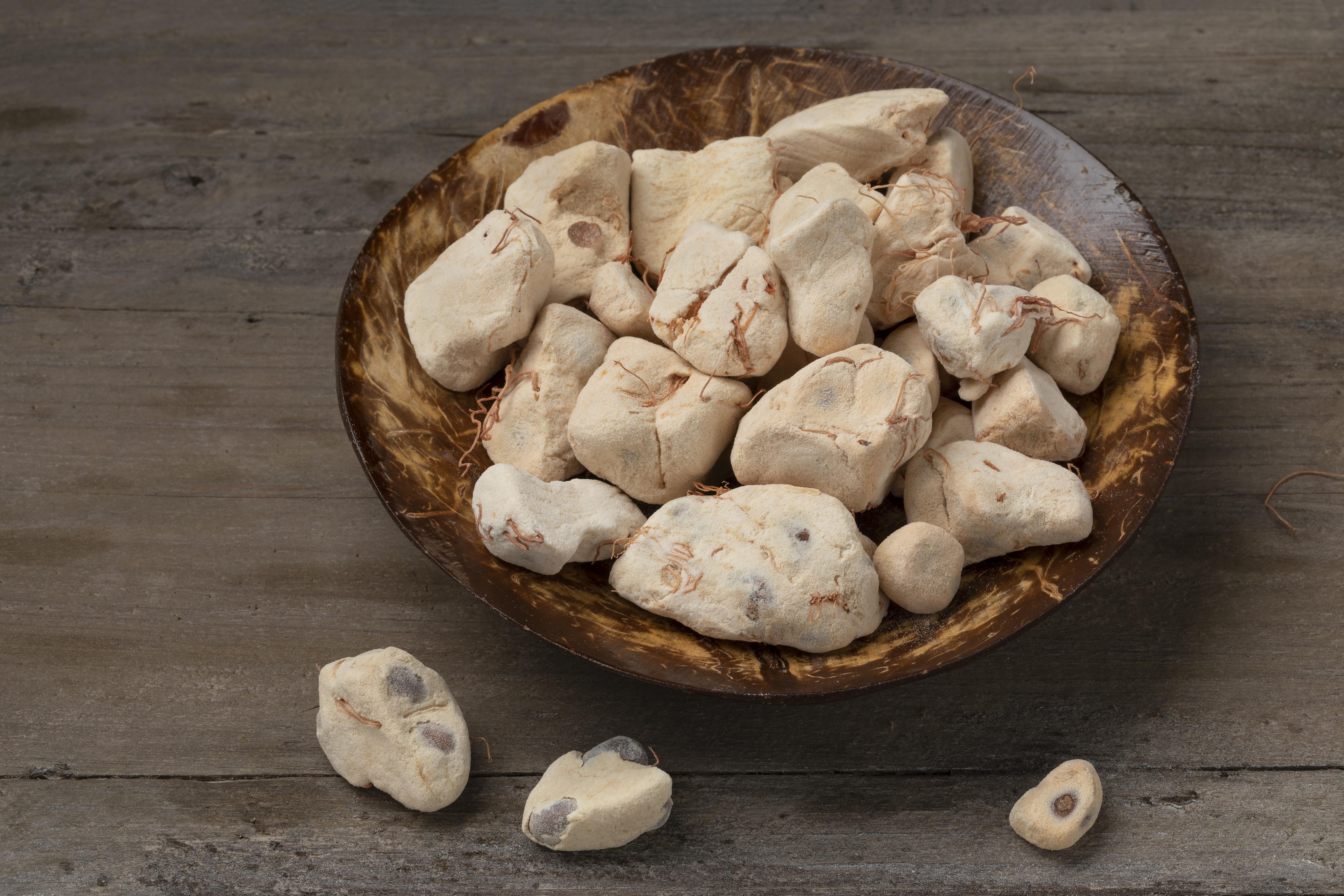
The baobab tree, often dubbed the "tree of life," is a symbol of resilience and longevity in African landscapes. Its fruit, which is naturally dry and powdery, is a nutritional powerhouse that has been used for centuries in traditional African medicine. Baobab fruit is rich in vitamin C, providing six times more than an orange, and is a good source of fiber, calcium, magnesium, and potassium. The high fiber content, particularly soluble fiber, aids in digestion and supports a healthy gut microbiome. Baobab's antioxidant capacity is another reason it surpasses kale. It contains polyphenols that help reduce inflammation and oxidative stress, contributing to overall health and well-being. The fruit's tangy, citrus-like flavor makes it a versatile ingredient in smoothies, energy bars, and even baked goods. It can also be used as a natural sweetener or thickener in recipes. The unique nutritional profile of baobab, combined with its potential health benefits, makes it a worthy addition to any diet, especially for those seeking to diversify their sources of essential nutrients.
3. Amaranth: The Ancient Grain of the Aztecs
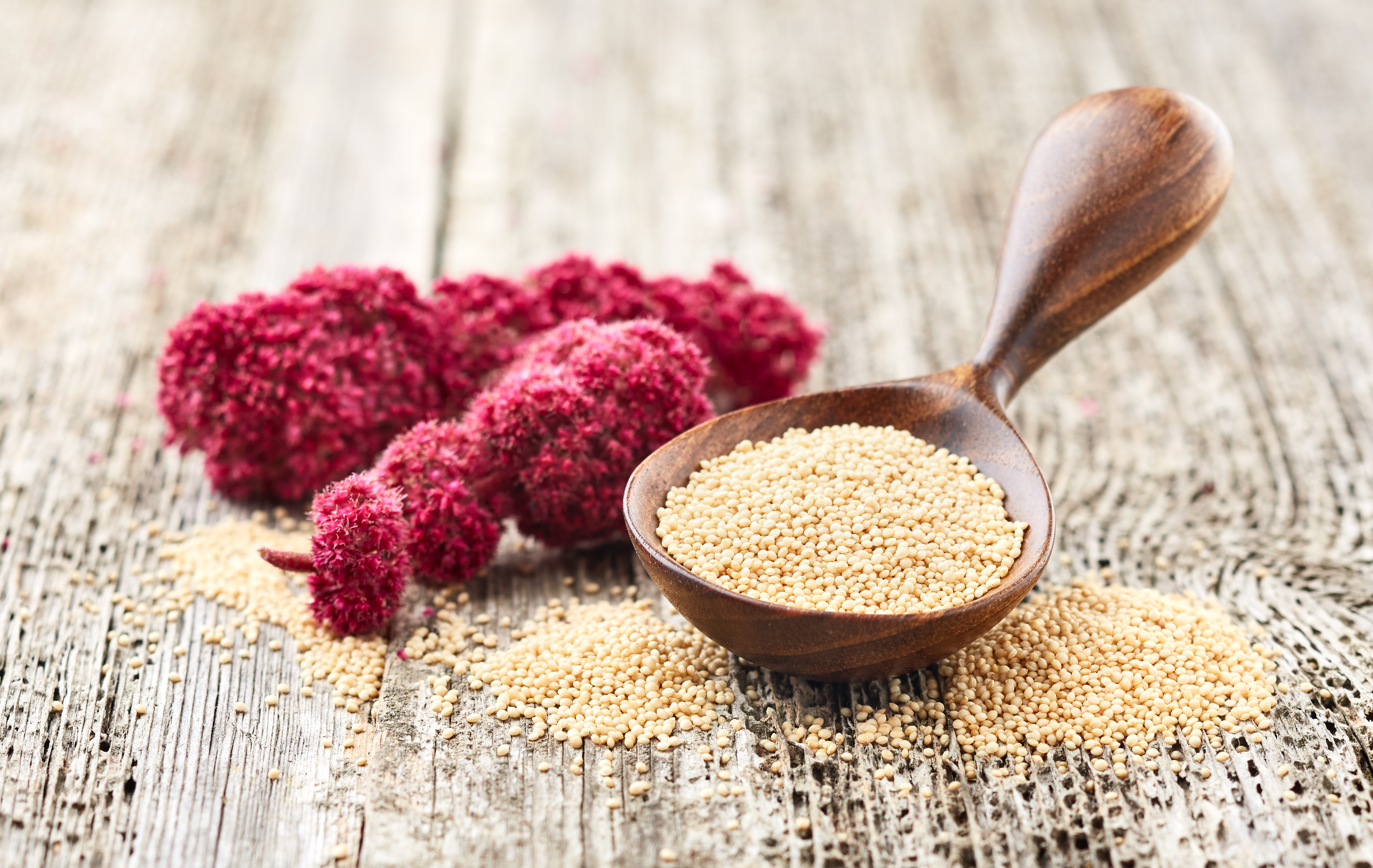
Amaranth is an ancient grain that dates back thousands of years and was a staple food of the Aztec civilization. Despite its long history, it remains relatively unknown in modern diets. This gluten-free grain is packed with protein, boasting a higher protein content than most other grains, including quinoa. It contains all nine essential amino acids, making it a complete protein source. Amaranth is also rich in iron, magnesium, phosphorus, and manganese, contributing to its status as a nutritional powerhouse. The health benefits of amaranth extend beyond its nutrient content. It is known for its ability to lower cholesterol levels, reduce inflammation, and support bone health. The grain's high fiber content aids in digestion and helps maintain a healthy weight. Amaranth can be cooked like rice or popped like popcorn, making it a versatile addition to salads, soups, and breakfast cereals. Its mild, nutty flavor complements a variety of dishes, allowing it to seamlessly integrate into diverse culinary traditions. As we continue to explore nutrient powerhouses, amaranth's unique combination of nutrients and health benefits make it a compelling alternative to kale.
4. Spirulina: The Blue-Green Algae
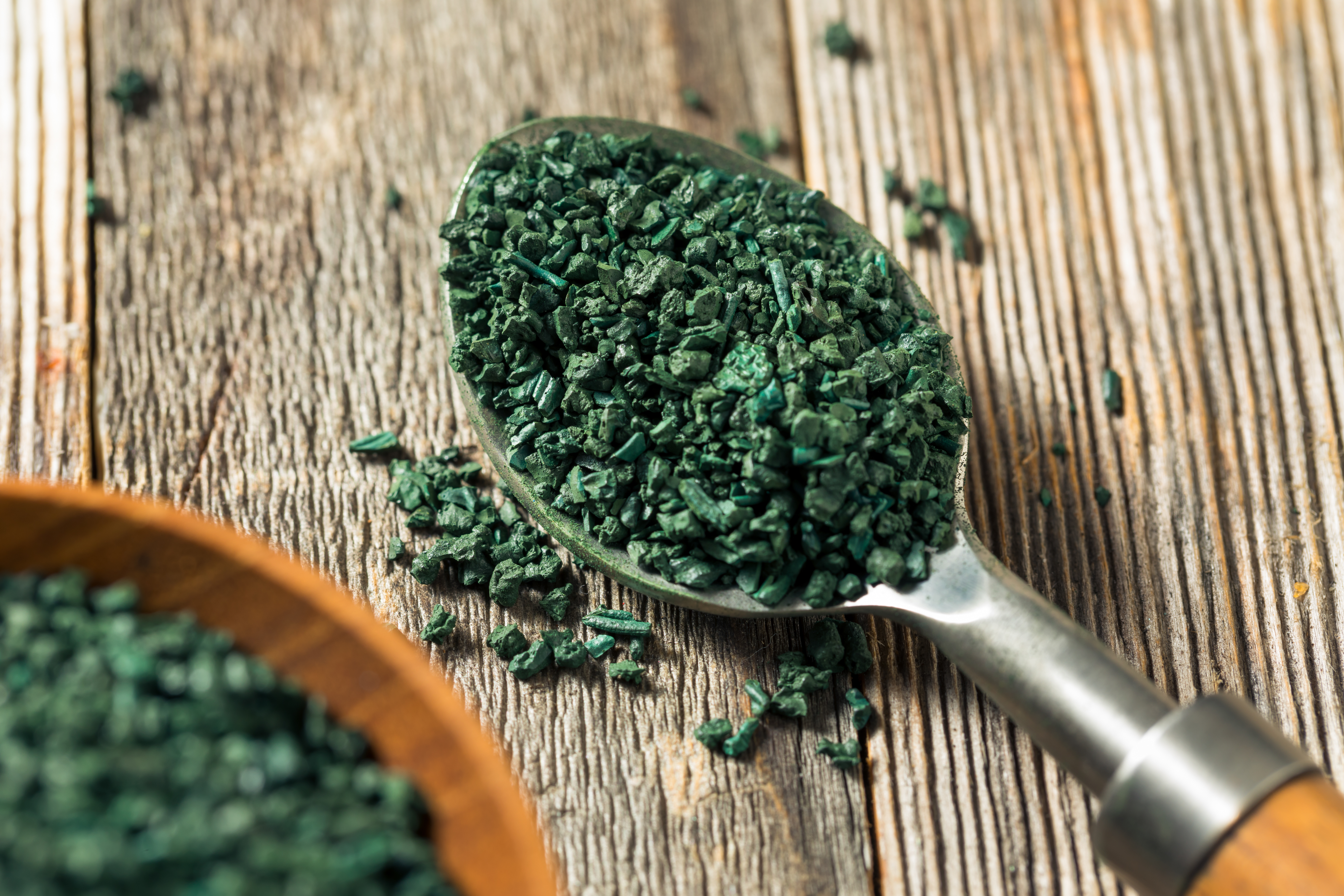
Spirulina, a type of blue-green algae, is one of the most nutrient-dense foods on the planet. It has been consumed for centuries by indigenous peoples in Africa and Central America and has gained popularity in recent years as a potent superfood. Spirulina is an excellent source of protein, providing all essential amino acids, and is rich in vitamins B1, B2, B3, copper, and iron. Its high chlorophyll content gives it a vibrant green color and contributes to its detoxifying properties. The health benefits of spirulina are extensive. It has been shown to lower blood pressure, improve cholesterol levels, and boost the immune system. Spirulina's antioxidant properties help protect cells from damage and reduce inflammation, making it a valuable addition to the diet of those with chronic illnesses. The algae can be consumed in powder or tablet form and is often added to smoothies, juices, or energy bars. Its slightly earthy taste may take some getting used to, but the nutritional benefits are well worth the effort. As we continue to explore nutrient powerhouses, spirulina's impressive nutrient profile and health benefits make it a standout option.
5. Camu Camu: The Vitamin C Giant
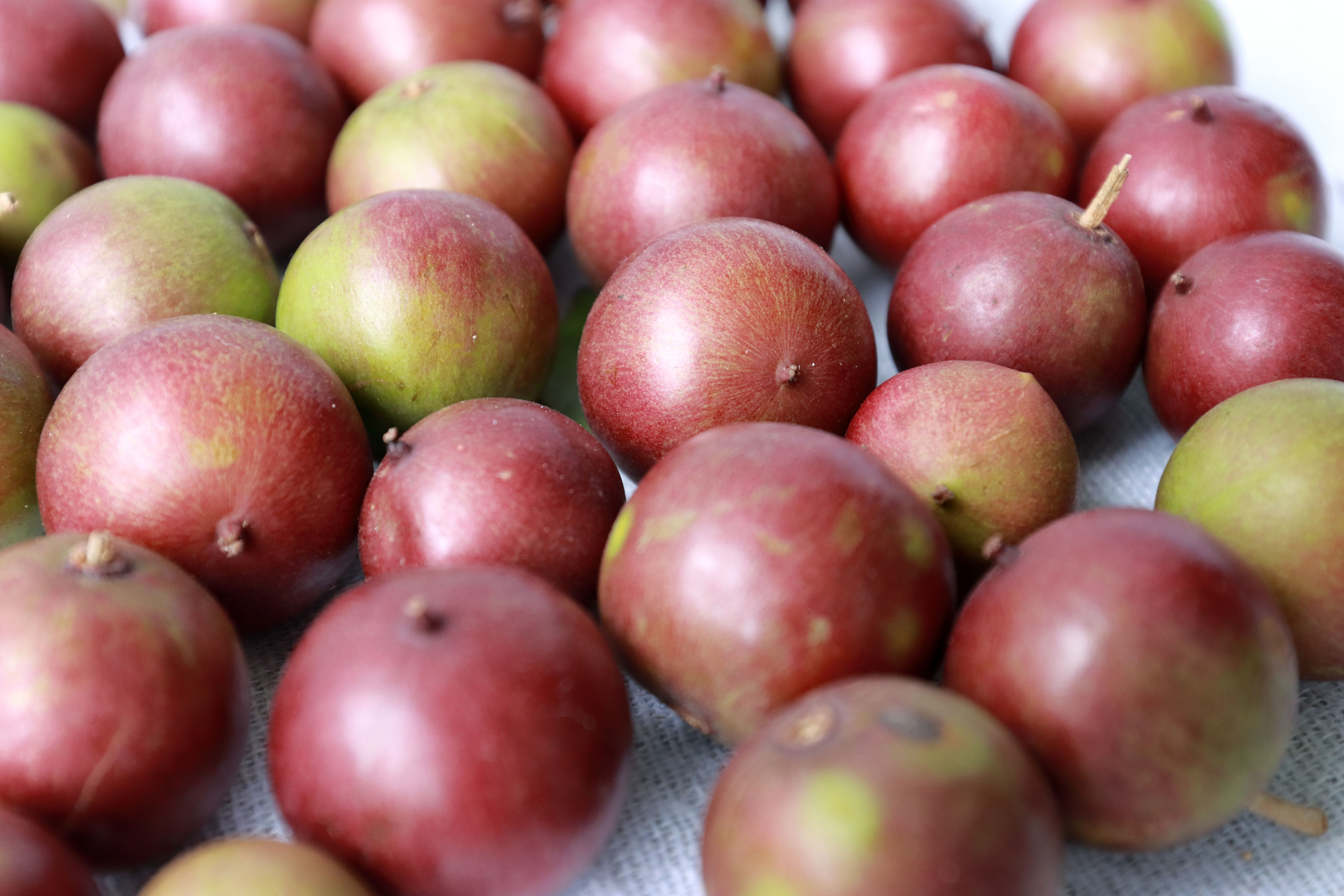
Camu camu is a small, sour berry native to the Amazon rainforest, and it is one of the richest sources of vitamin C on the planet. With up to 60 times more vitamin C than an orange, camu camu is a potent immune booster and antioxidant. In addition to vitamin C, the berry contains potassium, calcium, and amino acids, contributing to its overall nutritional profile. Its high antioxidant content helps fight free radicals and reduce inflammation, supporting overall health and well-being. Camu camu's tart flavor makes it a versatile ingredient in smoothies, juices, and desserts. It can also be found in powdered form, making it easy to add to various recipes. The berry's potential health benefits extend to its ability to improve mood and support cognitive function, thanks to its high concentration of flavonoids and other phytonutrients. As we continue to explore nutrient powerhouses, camu camu's exceptional vitamin C content and health benefits make it a valuable addition to any diet, particularly for those seeking to boost their immune system and overall vitality.
6. Chlorella: The Detoxifying Algae
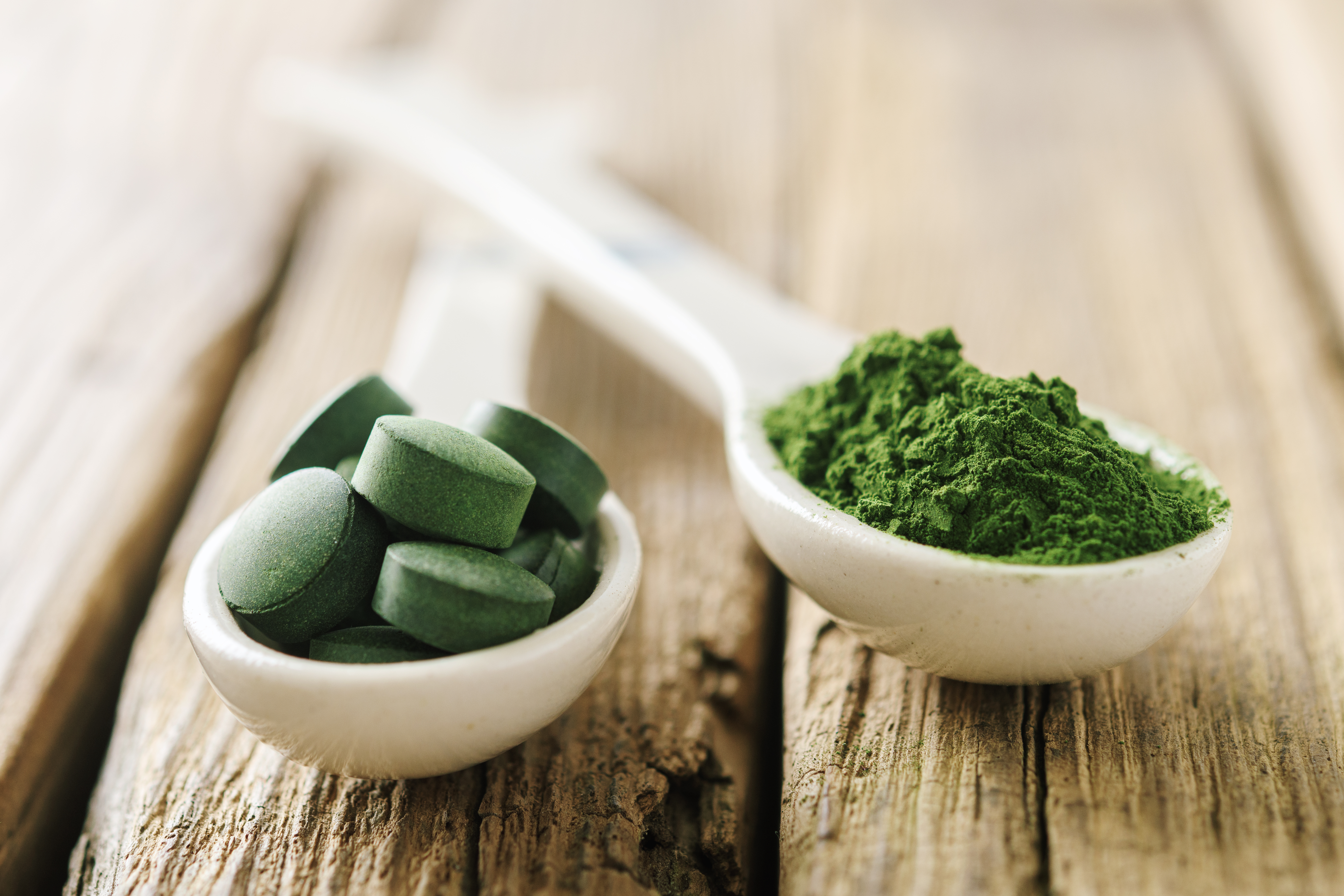
Chlorella is a single-celled green algae that has gained popularity as a detoxifying superfood. Like spirulina, chlorella is rich in protein, vitamins, and minerals, including vitamin B12, iron, and omega-3 fatty acids. Its high chlorophyll content gives it potent detoxifying properties, helping to remove heavy metals and other toxins from the body. Chlorella is also known for its ability to boost the immune system, improve digestion, and support healthy cholesterol levels. The health benefits of chlorella are supported by numerous studies, which have shown its potential to reduce inflammation, enhance liver function, and promote healthy weight management. Chlorella is available in powder or tablet form and can be added to smoothies, juices, or taken as a supplement. Its mild, grassy flavor makes it a versatile ingredient that can be easily incorporated into a variety of dishes. As we continue to explore nutrient powerhouses, chlorella's detoxifying properties and nutrient profile make it a compelling alternative to kale, particularly for those seeking to cleanse and rejuvenate their bodies.
7. Sacha Inchi: The Incan Peanut
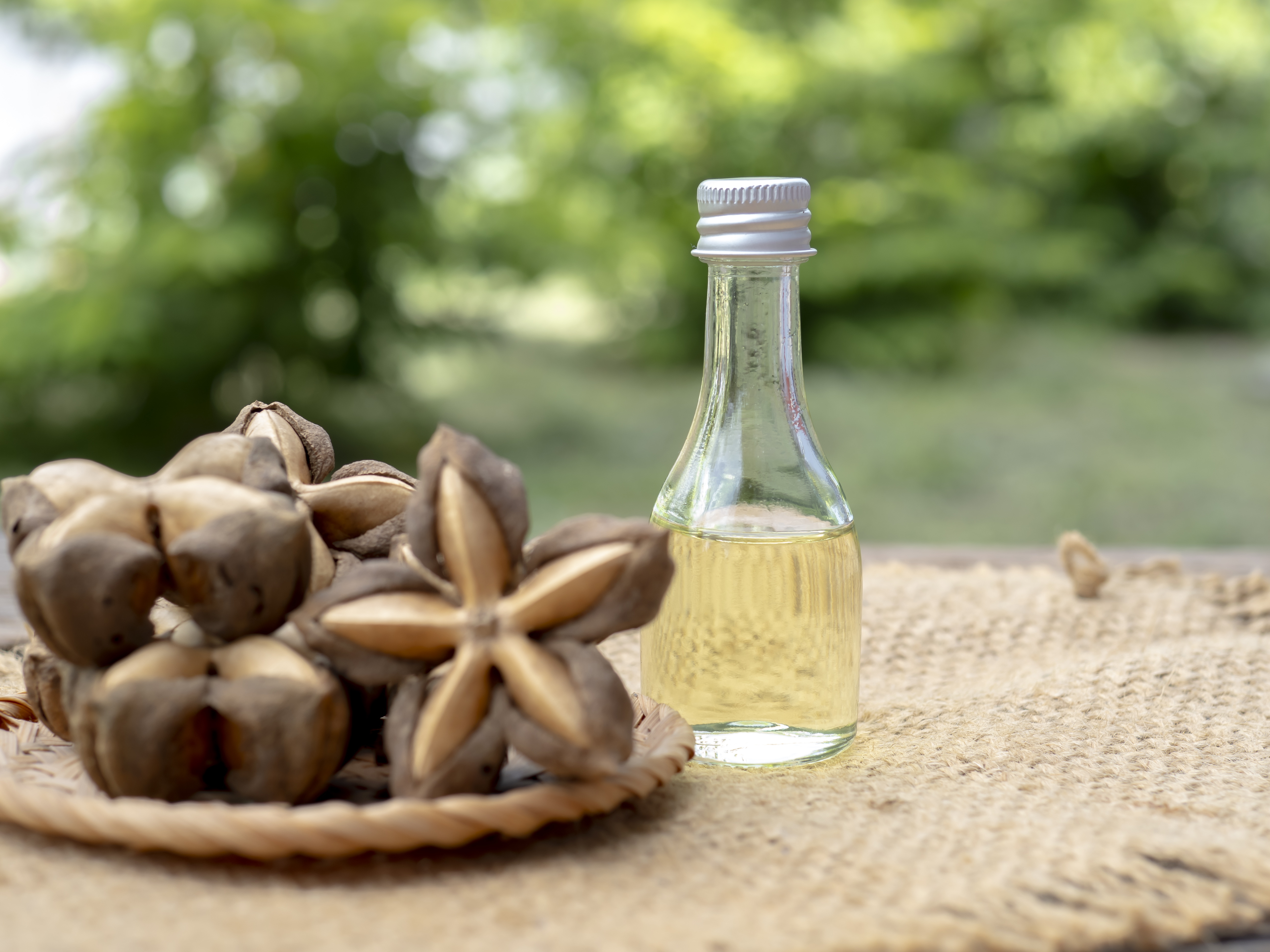
Sacha inchi, also known as the Incan peanut, is a seed native to the Amazon rainforest and has been cultivated by indigenous peoples for centuries. It is rich in protein, healthy fats, and essential nutrients, making it a valuable addition to any diet. Sacha inchi is one of the richest plant sources of omega-3 fatty acids, which are essential for heart health, brain function, and reducing inflammation. It also contains vitamin E, a powerful antioxidant that supports skin health and immune function. The seeds have a mild, nutty flavor and can be eaten raw, roasted, or ground into a powder. Sacha inchi oil is also available and can be used as a salad dressing or cooking oil. The health benefits of sacha inchi extend to its ability to support weight management, improve mood, and enhance cognitive function. As we continue to explore nutrient powerhouses, sacha inchi's impressive omega-3 content and health benefits make it a standout option for those seeking to improve their overall health and well-being.
8. Teff: The Tiny Ethiopian Grain
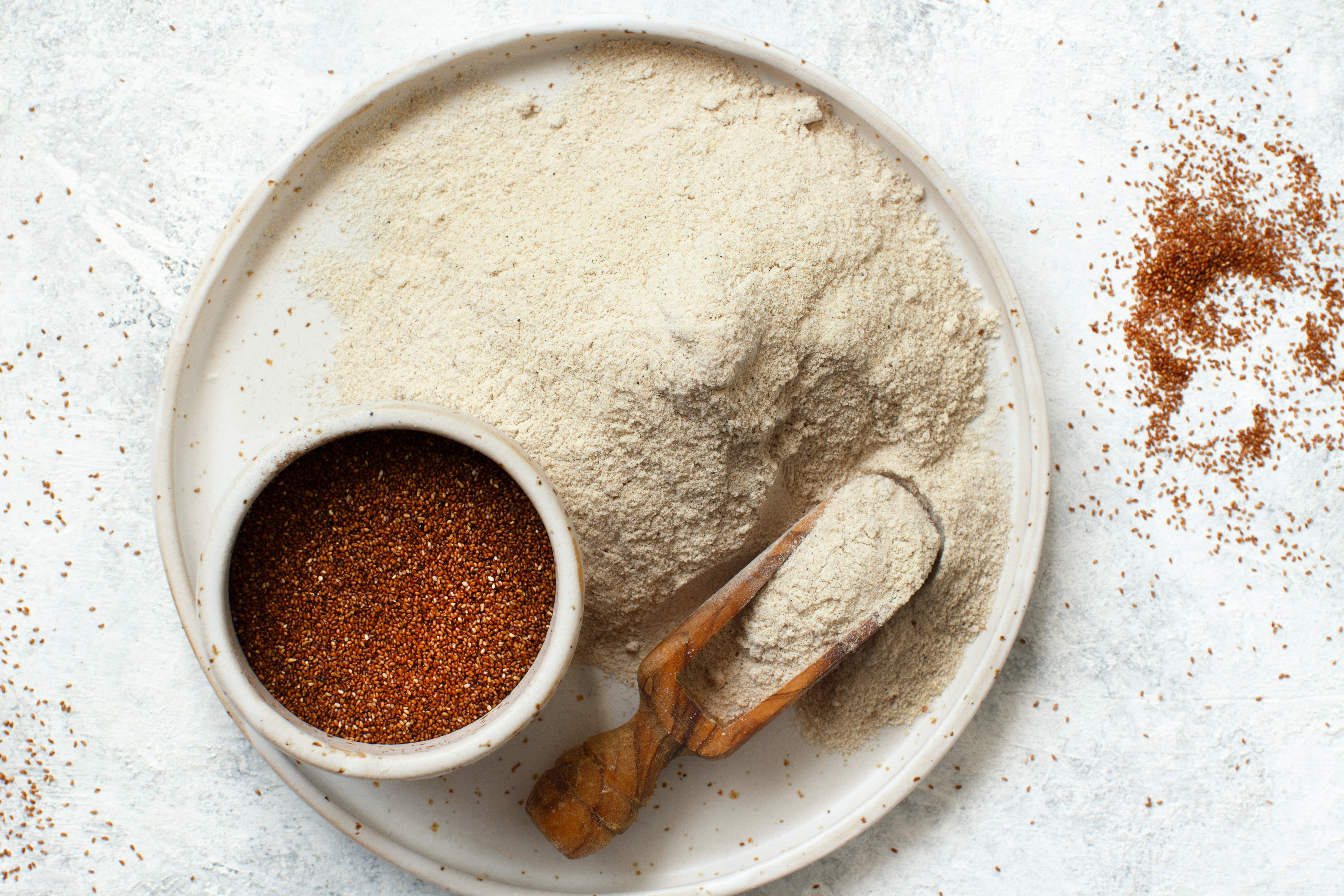
Teff is a tiny grain native to Ethiopia and Eritrea, where it has been cultivated for thousands of years. Despite its small size, teff is a nutritional powerhouse, rich in protein, fiber, and essential nutrients such as iron, calcium, and magnesium. It is also gluten-free, making it an excellent option for those with gluten sensitivities or celiac disease. Teff's high fiber content supports healthy digestion and helps maintain stable blood sugar levels, making it a valuable addition to the diet of those managing diabetes. The grain's nutty flavor and versatility make it a popular ingredient in a variety of dishes, from traditional Ethiopian injera bread to porridge, pancakes, and baked goods. Teff's potential health benefits extend to its ability to support bone health, improve circulation, and enhance athletic performance. As we continue to explore nutrient powerhouses, teff's unique combination of nutrients and health benefits make it a compelling alternative to kale, particularly for those seeking to diversify their sources of essential nutrients.
9. Sea Buckthorn: The Omega-Rich Berry

Sea buckthorn is a hardy shrub native to Europe and Asia, known for its bright orange berries that are rich in nutrients and health benefits. The berries are a potent source of omega-7 fatty acids, which are rare in the plant kingdom and essential for skin health, weight management, and cardiovascular health. Sea buckthorn also contains high levels of vitamin C, vitamin E, and a variety of antioxidants, making it a powerful immune booster and anti-inflammatory agent. The tart, citrus-like flavor of sea buckthorn makes it a versatile ingredient in smoothies, juices, and desserts. The berries can also be found in oil form, which can be used topically or as a dietary supplement. The potential health benefits of sea buckthorn extend to its ability to support digestive health, improve skin elasticity, and promote healthy aging. As we continue to explore nutrient powerhouses, sea buckthorn's unique omega-7 content and health benefits make it a valuable addition to any diet, particularly for those seeking to support their skin and overall vitality.
10. Black Garlic: The Fermented Superfood
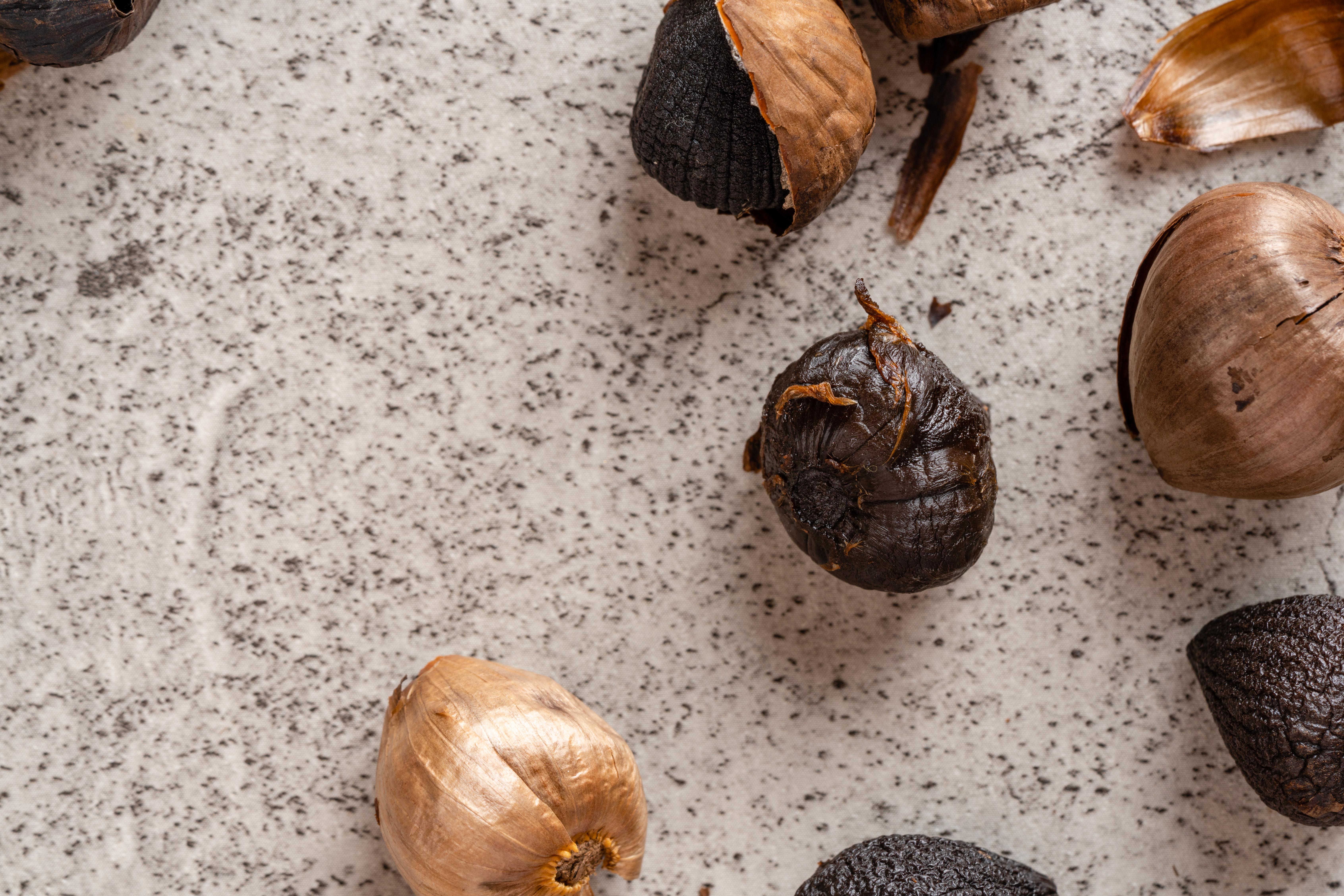
Black garlic is a type of aged garlic that has been fermented under controlled conditions, resulting in a sweet, tangy flavor and a soft, chewy texture. The fermentation process enhances the nutritional profile of garlic, increasing its antioxidant content and creating new compounds that offer unique health benefits. Black garlic is rich in S-allyl cysteine, a compound that has been shown to have anti-inflammatory, cholesterol-lowering, and cancer-fighting properties. The health benefits of black garlic extend to its ability to boost the immune system, improve heart health, and support healthy aging. Its unique flavor and texture make it a versatile ingredient in a variety of dishes, from salads and sauces to marinades and desserts. As we continue to explore nutrient powerhouses, black garlic's enhanced nutritional profile and health benefits make it a compelling alternative to kale, particularly for those seeking to support their immune system and overall health.
11. Watercress: The Peppery Green
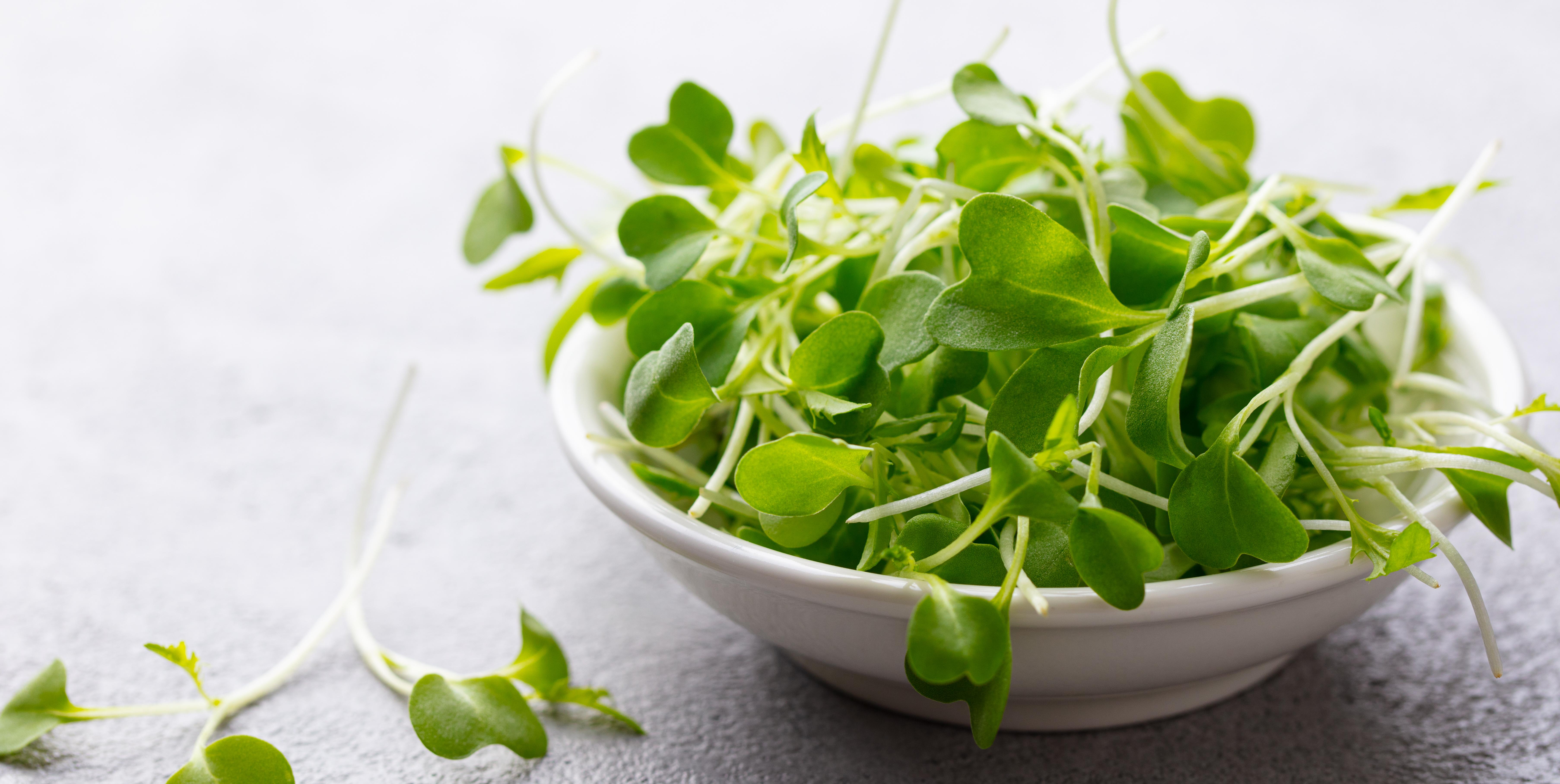
Watercress is a leafy green vegetable that has been consumed for centuries for its nutritional and medicinal properties. Despite its long history, it remains relatively unknown in modern diets. Watercress is rich in vitamins A, C, and K, as well as calcium, iron, and antioxidants. Its high nutrient density and low calorie content make it an excellent choice for those seeking to improve their overall health and well-being. The peppery flavor of watercress makes it a versatile ingredient in salads, sandwiches, and soups. It can also be used as a garnish or blended into smoothies for an added nutritional boost. The potential health benefits of watercress extend to its ability to support bone health, improve digestion, and reduce the risk of chronic diseases. As we continue to explore nutrient powerhouses, watercress's impressive nutrient profile and health benefits make it a worthy addition to any diet, particularly for those seeking to diversify their sources of essential nutrients.
12. Freekeh: The Ancient Roasted Grain
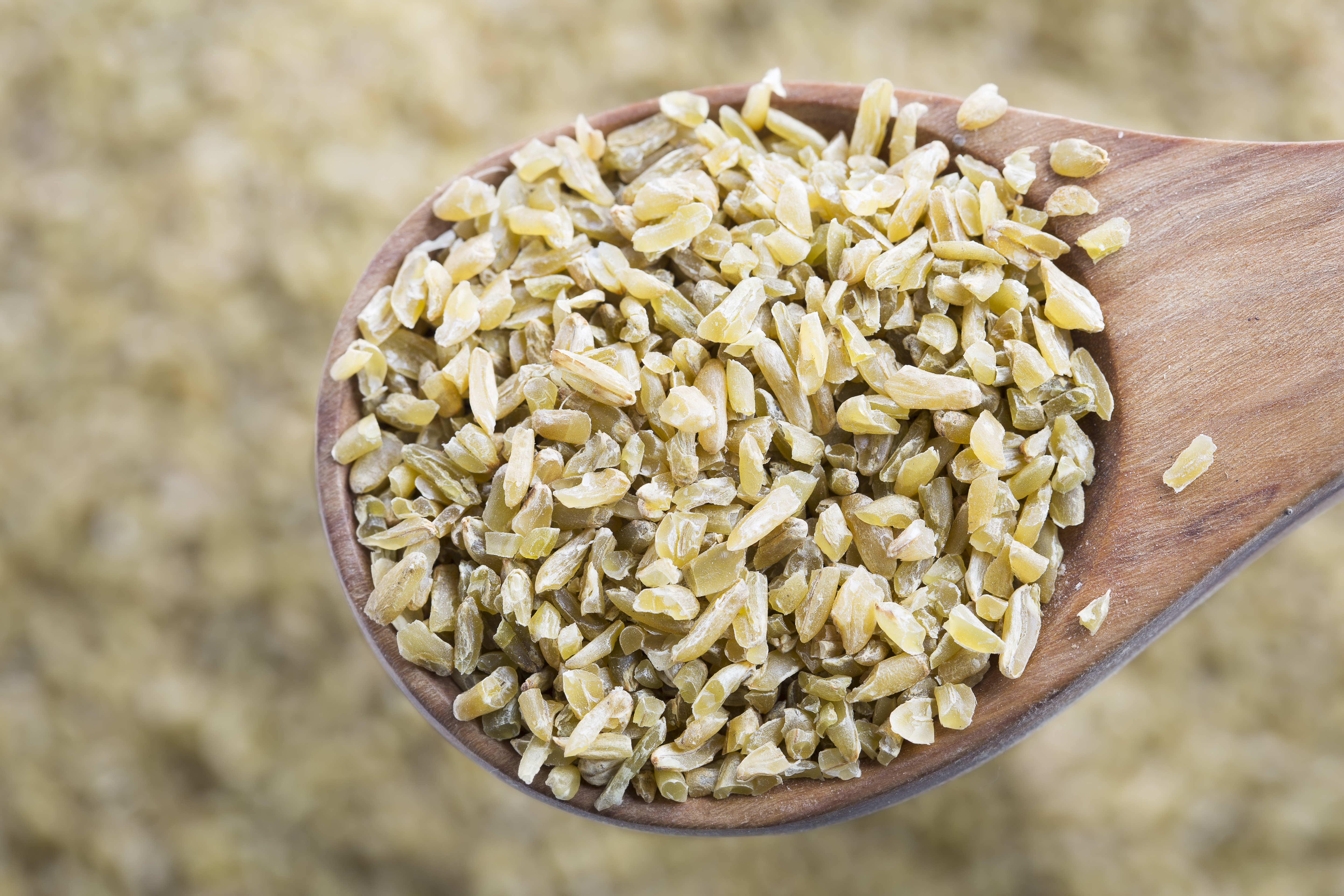
Freekeh is an ancient grain made from green durum wheat that has been harvested while still young, then roasted and rubbed to create its unique flavor and texture. This traditional Middle Eastern grain is rich in protein, fiber, and essential nutrients such as iron, zinc, and magnesium. Its high fiber content supports healthy digestion and helps maintain stable blood sugar levels, making it a valuable addition to the diet of those managing diabetes. The nutty, smoky flavor of freekeh makes it a versatile ingredient in a variety of dishes, from salads and pilafs to soups and stews. Its potential health benefits extend to its ability to support weight management, improve heart health, and enhance athletic performance. As we continue to explore nutrient powerhouses, freekeh's unique combination of nutrients and health benefits make it a compelling alternative to kale, particularly for those seeking to diversify their sources of essential nutrients.
Embracing a Diverse Diet

As we conclude our exploration of these 12 nutrient powerhouses, it becomes clear that there is a world of nutritional diversity beyond kale. Each of these foods offers unique health benefits and can enrich our diets in ways that kale alone cannot. By embracing a diverse diet that includes these lesser-known superfoods, we can enhance our overall health and well-being, support our immune system, and reduce the risk of chronic diseases. Whether you're looking to boost your protein intake, increase your antioxidant consumption, or simply try something new, these nutrient powerhouses offer something for everyone. As we continue to learn more about the incredible benefits of these foods, we can look forward to a future of vibrant health and culinary adventure.